When designing the exterior of a building, every detail matters. While walls, roofs, and windows often take center stage, soffits — the material covering the underside of eaves and overhangs — are an equally important element. A well-designed soffit not only protects the structure but also enhances the overall appearance of a building. With natural wood, soffits move beyond being a purely functional necessity and become a striking design feature.
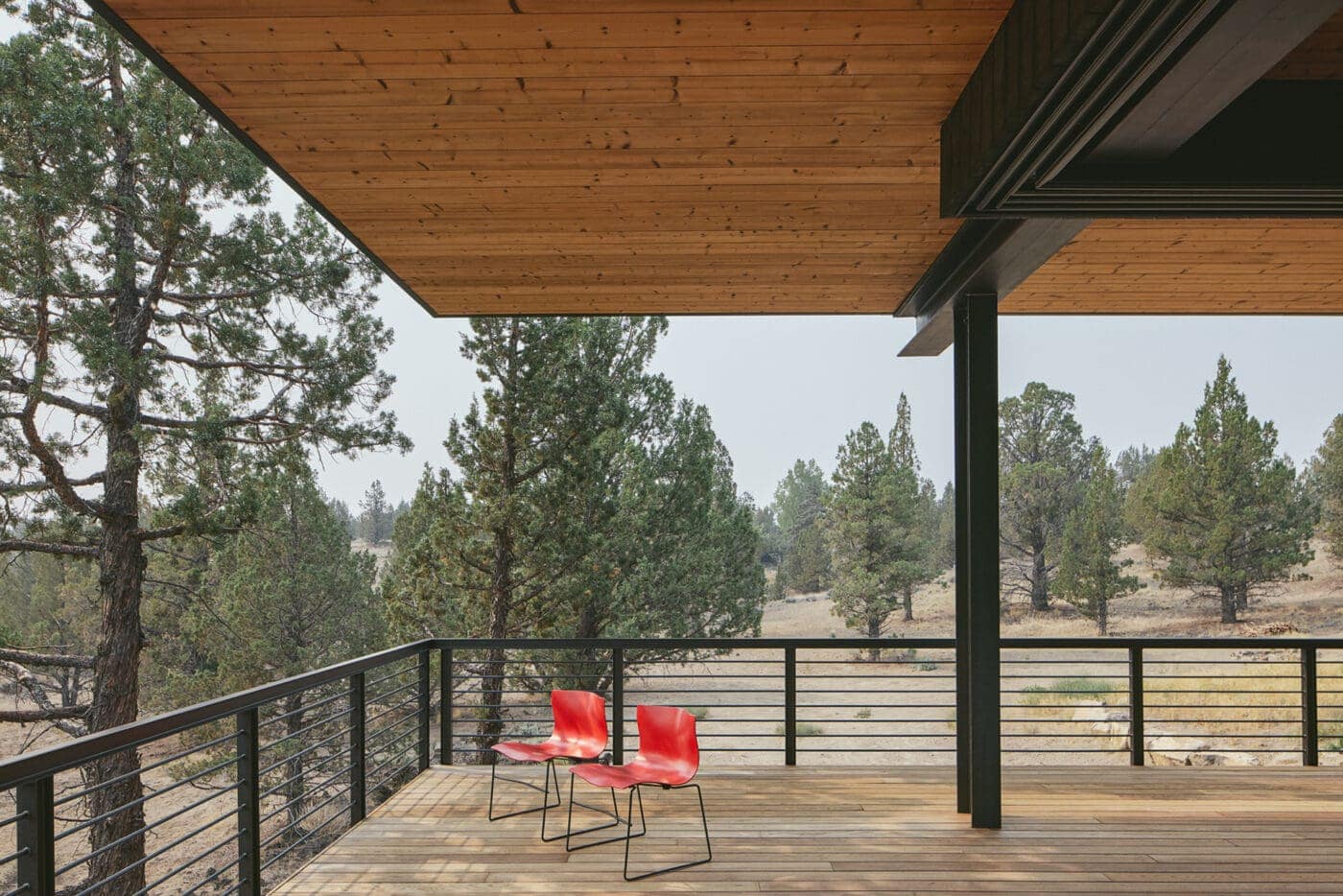
An exterior soffit is the horizontal surface that bridges the gap between the exterior wall and the edge of the roofline. It also applies to the underside of other overhangs such as porches or balconies, where the same protective and aesthetic functions are needed.
It conceals roof rafters, shields the structure from weather, and helps ventilate the attic or roof cavity. Without soffits, buildings are left vulnerable to moisture, pests, and structural damage.
But soffits do more than protect — they frame the building’s silhouette. By covering raw construction elements with a refined material, they give the exterior a polished and intentional finish.
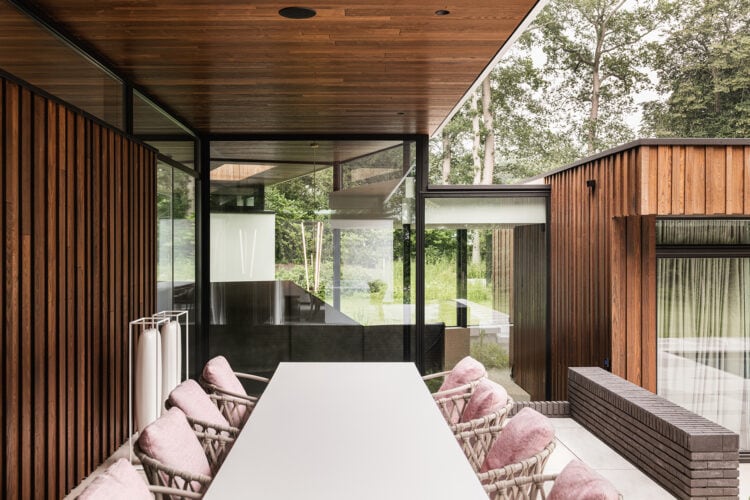
Traditionally, soffits were considered a purely functional part of construction, often made from plain, inexpensive materials and designed to go unnoticed. That has changed. In contemporary architecture, soffits are increasingly being used as a canvas for creative expression.
Extending natural wood to eaves, ceilings, and balcony undersides creates a sense of flow that unifies the entire exterior. A wood soffit can visually elongate a roofline, emphasize architectural geometry, or add warmth and texture to minimalist designs.
Wood’s natural grain, depth, and warmth add a tactile quality that synthetic alternatives cannot replicate. With the right material, soffits can transform from an overlooked detail into a defining design statement.
The choice of material is critical for soffits. They must endure exposure to the elements while maintaining their beauty with minimal upkeep. That’s why thermally modified wood is an ideal solution.
At Thermory, we offer four thermally modified species that combine aesthetic variety with outstanding performance:
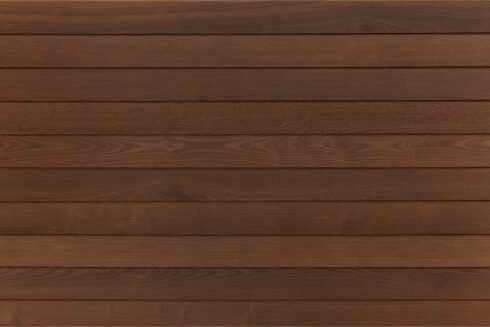
A high-performance hardwood with a rich chocolate-brown tone. Thermo-ash offers exceptional dimensional stability and resistance to rot.
Thermo-ash cladding products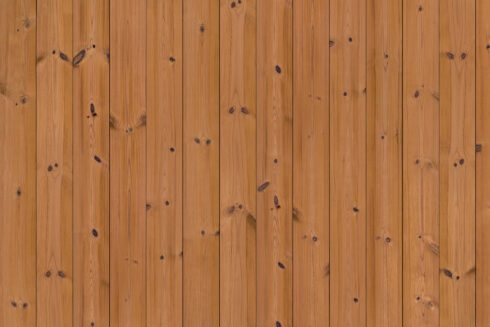
Thermally modified pine delivers a classic natural look and provides long-lasting durability, outperforming untreated softwoods.
Thermo-pine cladding products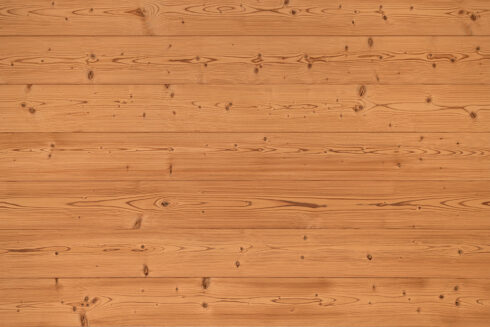
A rustic look with excellent durability – spruce is a Nordic favourite for a reason. The light tone and knotty look provide a sense of texture.
Thermo-spruce cladding productsWhat makes thermally modified wood special? The process uses only heat and steam — no chemicals — to transform the structure of the wood. This makes it:
By combining these qualities, Thermory wood soffits deliver both beauty and practicality, without compromise.
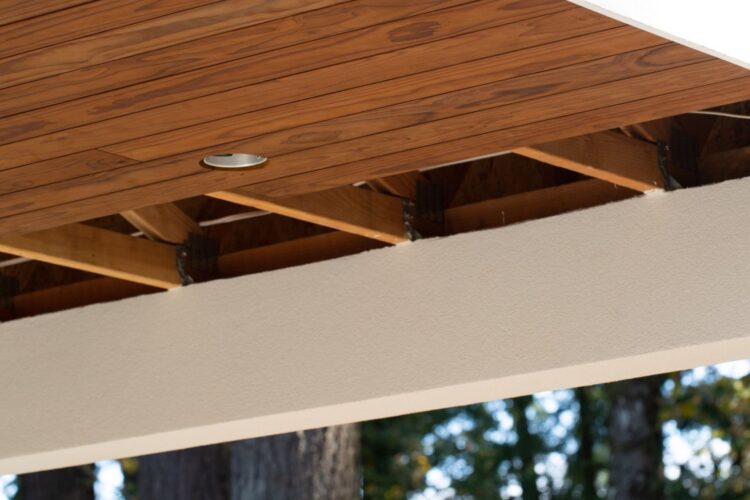
Practical installation is just as important as performance and aesthetics. Thermory products are designed with ease of installation in mind. Depending on the chosen profile, soffits can be installed with:
These options give contractors the flexibility to choose the best method for the project, while ensuring the finished soffit looks polished and professional.
Wood soffits create a polished finishing touch. By choosing thermally modified wood, you gain a material that is as durable as it is beautiful, with the added assurance of sustainability and chemical-free treatment.
Whether used on rooflines, porch ceilings, or balcony undersides, Thermory wood provides a combination of protection, design excellence, and lasting performance. They elevate a project from ordinary to outstanding, leaving a lasting impact that grows more beautiful with time

The Thermory Design Awards 2025 once again shine a spotlight on the most inspiring uses of thermally modified wood in architecture and design. This year’s...

Yes — and you absolutely should. Mixing cladding...
...
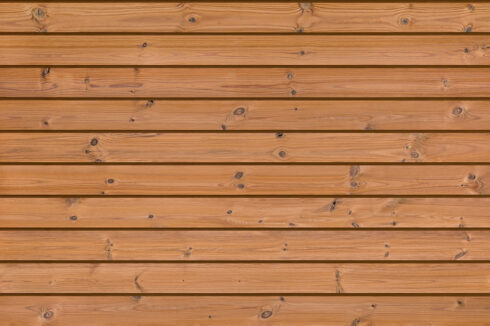
Shiplap cladding...
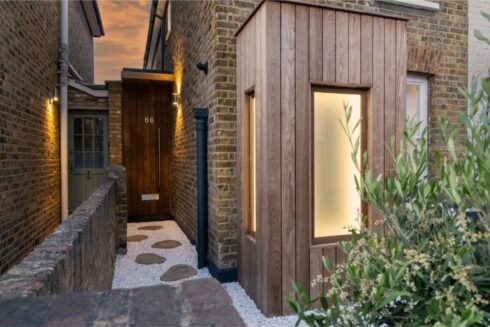
The most...
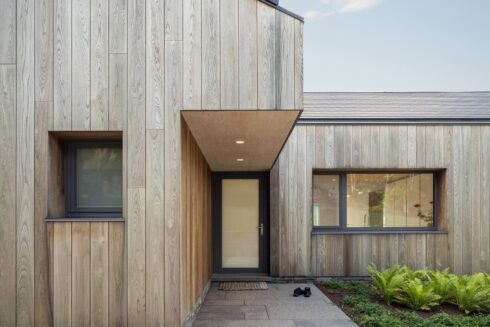
Contemporary...
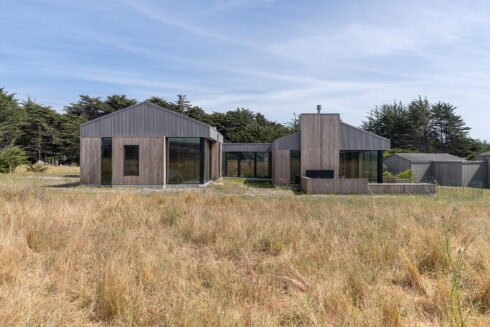
While a wood species’ natural properties play an important role in determining the timber cladding’s durability, they’re only part of the...
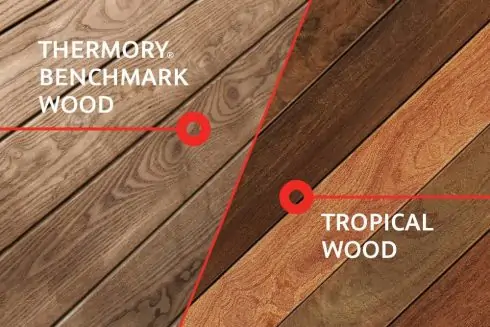
As the construction and design industries evolve, so does the demand for sustainable, high-performance building materials. For over 25 years, Thermory has...

Picture a wood that balances elegance, durability and versatility – a natural material that not only meets your demands but also exceeds your...

Combining different wood species, finishes and profiles brings variety to any interior or exterior design, delivering a tantalizing injection of texture and...
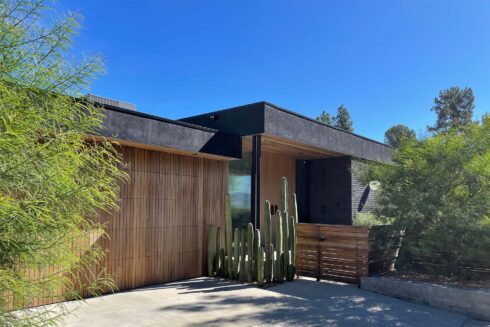
We were curious about the architecture trends and the popularity of timber in Australia, so we asked our down under partner, McCormacks Australia, to tell...
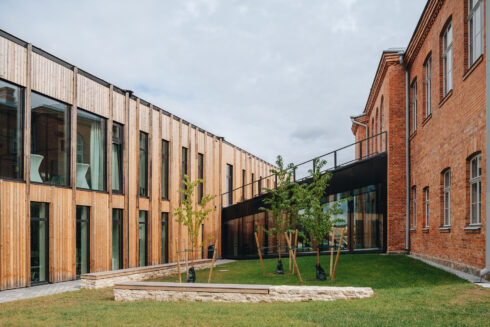
With the EU, US and many other countries aiming to achieve carbon neutrality by 2050, sustainability is not just a construction trend anymore, but it’s...
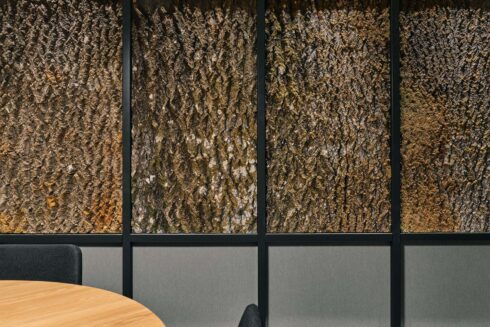
In the quest to shift our world towards more sustainable practices and circular processes, designers are increasingly turning their attention to...

Sometimes, the best place to unwind and get away from it all is a secluded forest cabin in breathtaking surroundings. Find inspiration for your next...
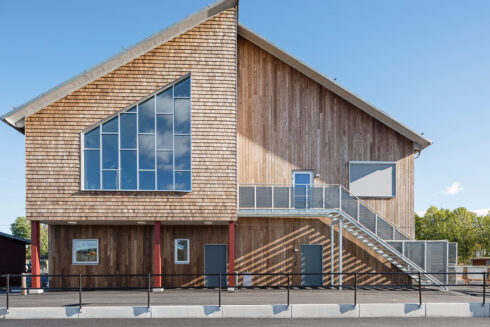
When it comes to designing and constructing educational spaces, choosing the right materials is crucial. There has been a growing trend towards...

As architects and landscape designers, creating indoor outdoor living spaces that are sustainable and eco-friendly is more important than ever. With a...
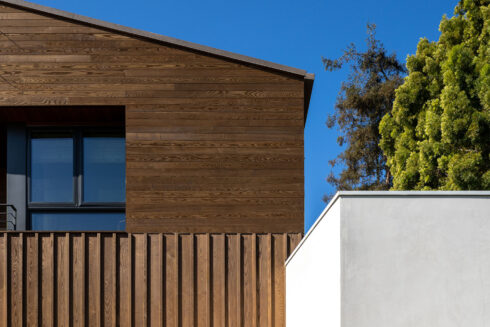
Wood is a highly valuable material and although it grows abundantly, we must treat this natural resource with respect and create value from even the smaller...
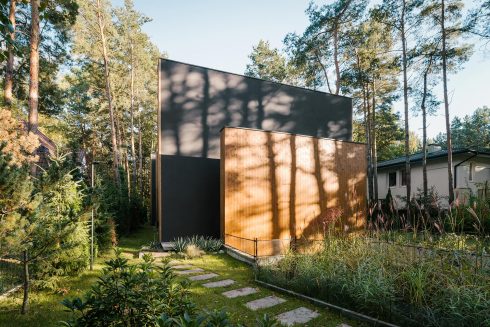
From intimate spaces like our homes to public urban areas, the environment surrounding us has a big effect on our well-being. Recent turbulent years have...
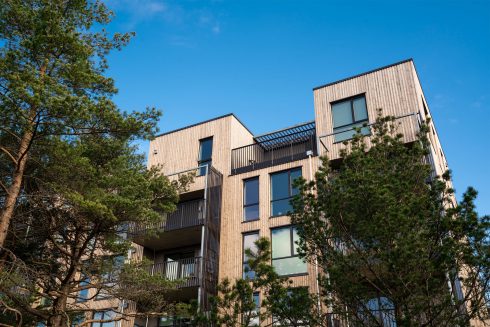
Finding the best solution to clad buildings is important for several reasons – as well as defining the look and feel of your design, it also has a major...
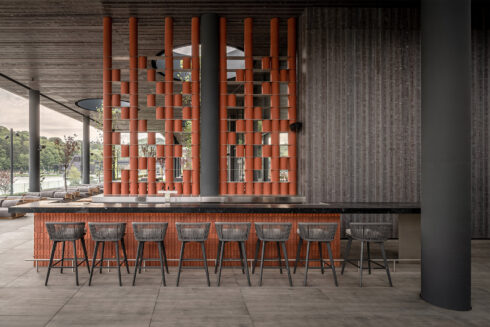
Thermory Design Awards is part of Thermory 25 celebrations for acknowledging and rewarding our...
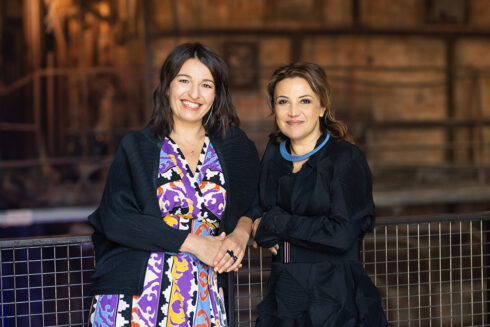
Curators of Tallinn Architecture Biennale 2022 exhibition “Edible ; Or, The Architecture of Metabolism”, Lydia Kallipoliti & Areti...
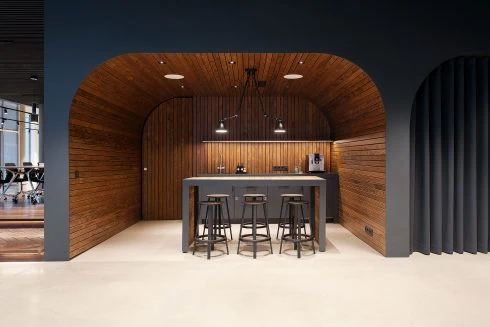
The aim of biophilic design is to create buildings and spaces that enable harmonious, naturally enjoyable experiences for their users by promoting the...

The purpose of biophilic design is to create spaces that deliver benefits for both human health and the environment by nurturing people’s innate affinity...
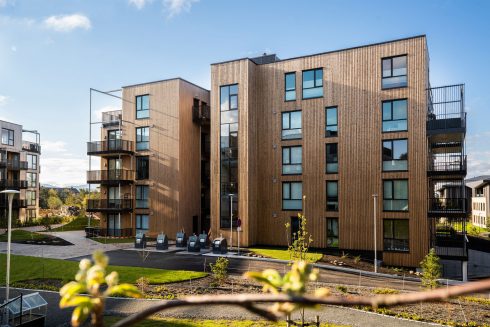
Natural wood can be used in many different ways. The beauty and versatility make wood unequalled building material. As both an interior and exterior design...
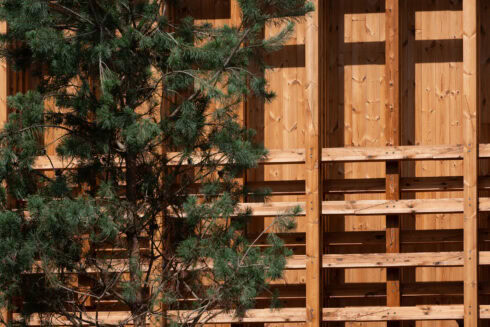
When it comes to...
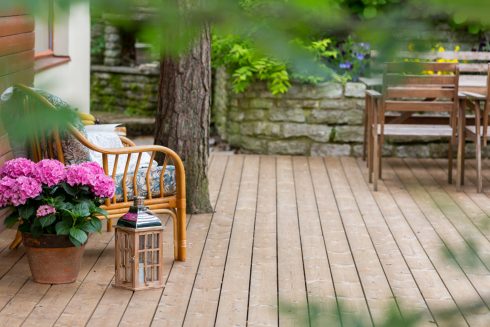
Home is where the heart is – a place where the whole family can feel safe and warm. The building materials you choose should enhance this feeling and...
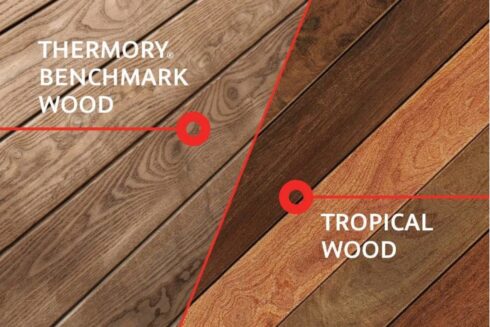
For decades, tropical hardwoods have been prized for their density, durability, and rich appearance. But their popularity comes at a high cost. Many of...
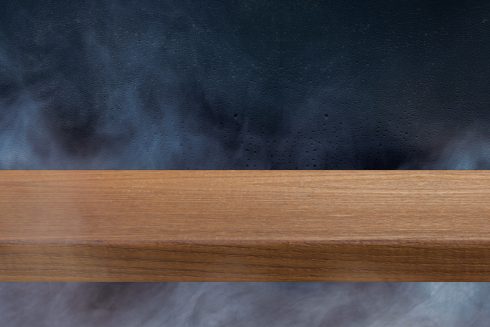
Thermally modified wood, often referred to as thermowood, is real wood enhanced using only heat and steam to improve its durability, dimensional stability,...
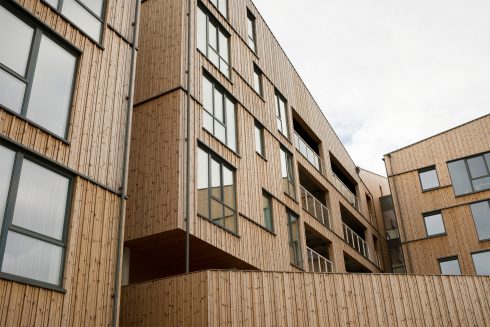
Thermally modified wood offers a unique combination of beauty, durability, and versatility. If you’re searching for fresh exterior cladding ideas,...
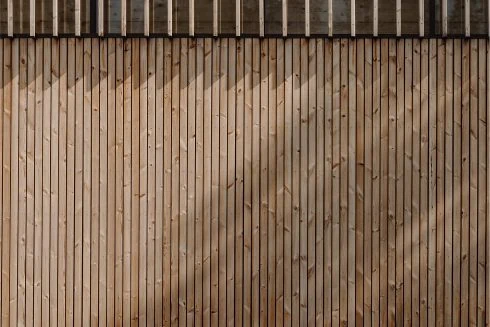
With rising concerns about climate change, the world community’s responsibility to reduce our carbon footprint rests with each and every individual and...
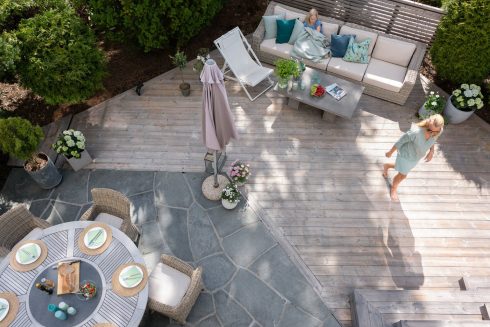
Wood is a natural material – and that’s part of its magic. Over time, its appearance changes, especially when exposed to the elements. Thermory’s...

Great design is more than just aesthetics—it’s about how a space makes you feel. Increasingly, research confirms what many have intuitively known: wood...
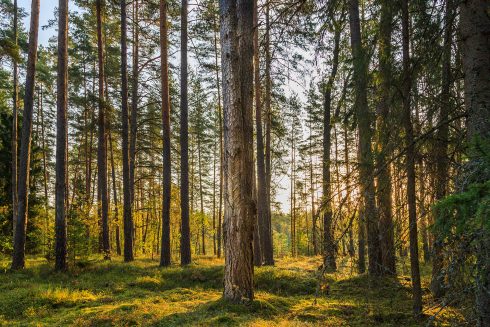
Ensuring the highest quality with the smallest possible ecological footprint and responsible use of resources are all principles that we consider important...
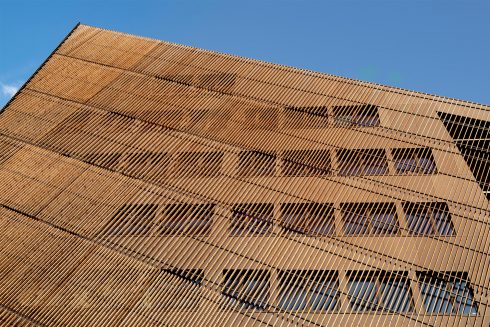
Throughout the history of architecture, surely no other material has been as influential as wood. It’s rare to see a building that’s been produced...
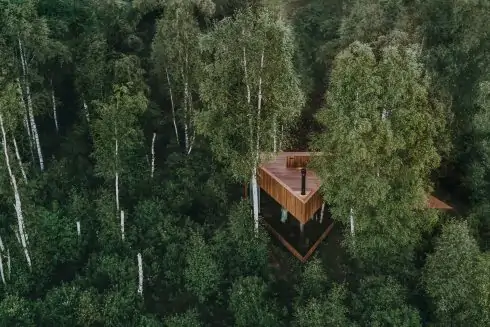
A trend is taking root in the worlds of architecture and interior design based on using natural materials and living plants to better...
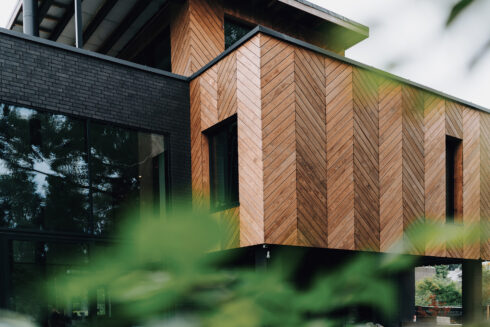
If you’re considering which wood types to use for a renovation or construction project, there are several considerations that may influence your decision...
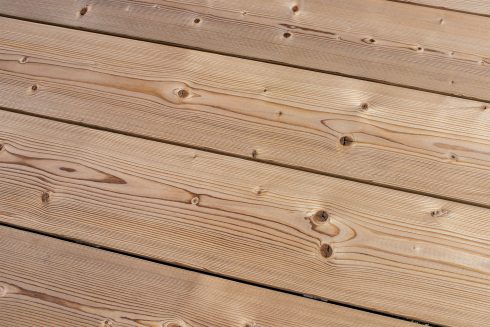
The wood-paneled interiors so common to mid-century homes have become sought after again, as many seek the warm, cozy feeling that the natural material...
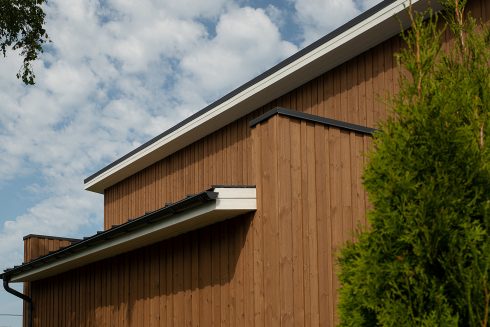
To ensure that your Thermory cladding retains its natural warm and authentic character, it’s important to apply the correct maintenance techniques. The...
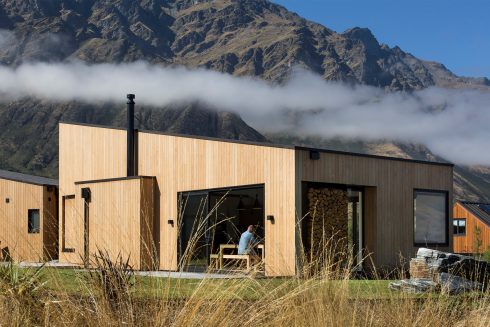
No matter where you live when you’re choosing a decking or cladding material, you’ll have to be mindful of how that material will change over time...
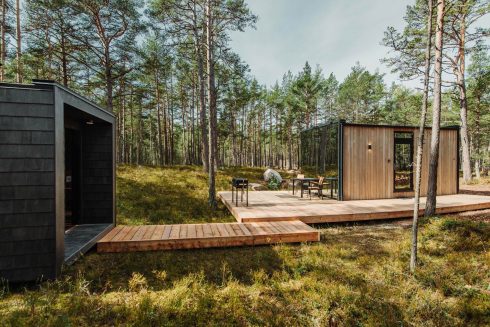
The tiny house movement has gained more momentum in the last decade, but why? It is based on tiny living: owning less so that what you own doesn’t own...

In 2022, the global megatrend of sustainable architecture and building practices will continue. Architecture trends influence the choice of materials both...
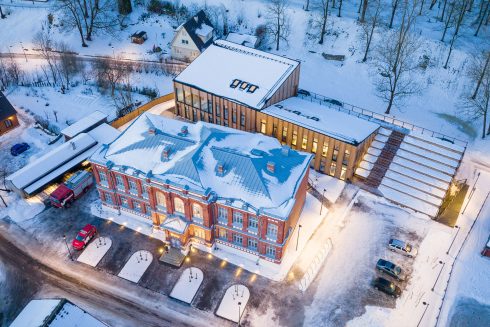
BENCHMARK THERMO-PINE CLADDING C4 20x115 / 26x 115, DECKING D4 26x115
ESTONIA
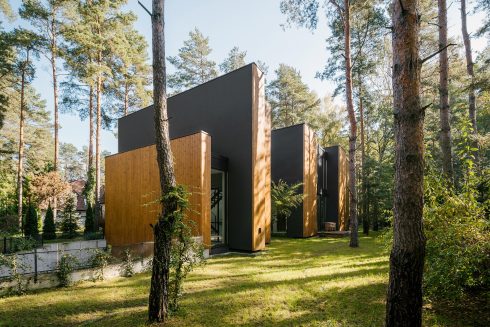
BENCHMARK THERMO-PINE
POLAND
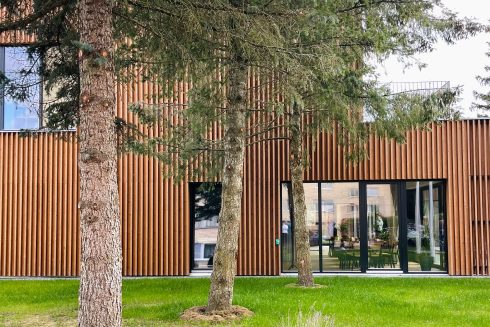
BENCHMARK THERMO-PINE
LITHUANIA

THERMORY THERMO-PINE MIX & MATCH CLADDING
NORWAY
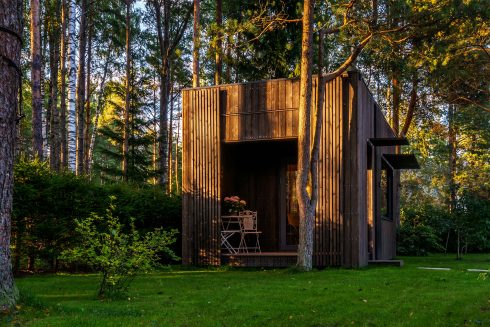
THERMORY BENCHMARK THERMO-SPRUCE BRUSHED CLADDING, THERMO-ASH DECKING AND FLOORING
ESTONIA
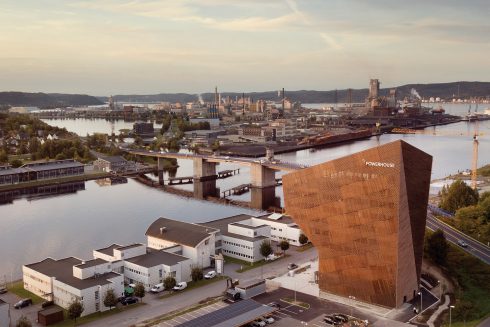
THERMORY BENCHMARK THERMO-PINE CLADDING C4
NORWAY

THERMORY BENCHMARK THERMO-PINE CLADDING AND ROOFING
POLAND
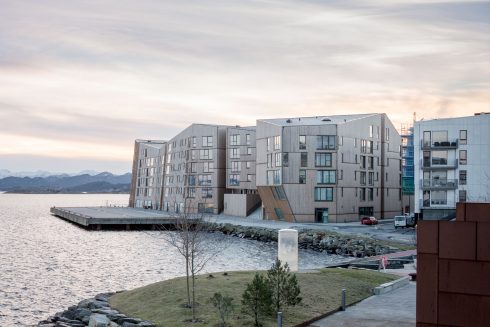
THERMORY BENCHMARK THERMO-PINE CLADDING C3 20X115 MM, ROOFING C10 20X140 MM AND DECKING D4 SG 26X140
NORWAY
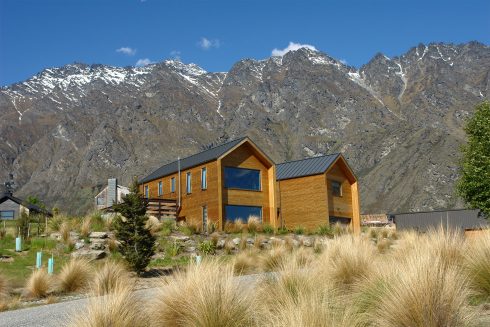
THERMORY BENCHMARK THERMO-PINE CLADDING C8 26X140 MM
NEW ZEALAND

THERMORY BENCHMARK THERMO-ASH CLADDING C5 20X72/140/190MM, BRUSHED AND THERMO-ASH MEDIUM FLOORING F5 18X245
ESTONIA